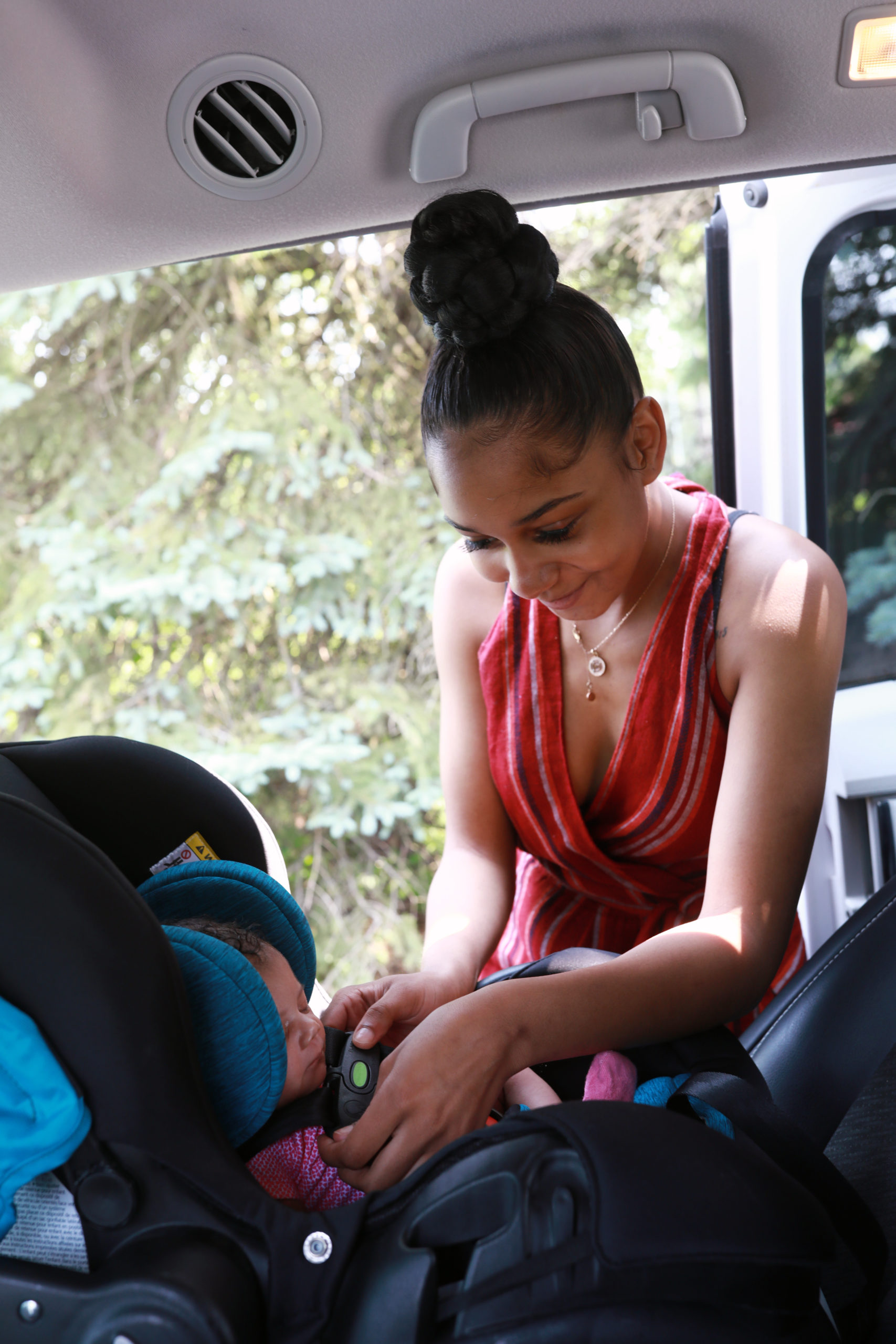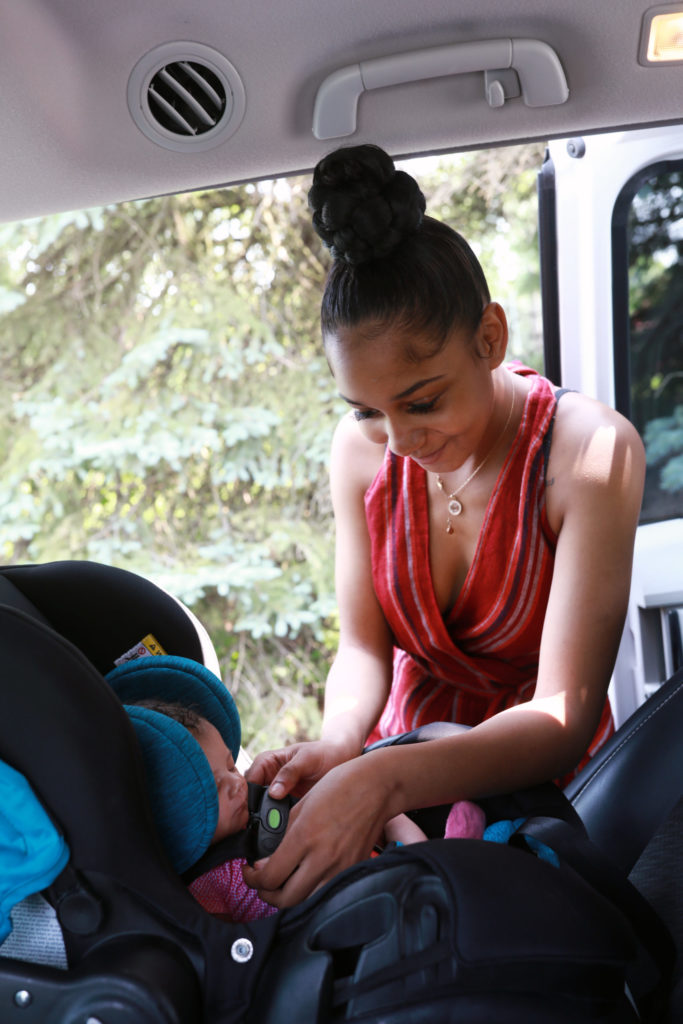 Pediatric Vehicular Hyperthermia (PVH) occurs when caregivers unknowingly leave a child in the car, where it takes mere minutes for the temperature to rise to fatal levels. Even very loving and well-intentioned parents can mistakenly leave a child in a car.
Pediatric Vehicular Hyperthermia (PVH) occurs when caregivers unknowingly leave a child in the car, where it takes mere minutes for the temperature to rise to fatal levels. Even very loving and well-intentioned parents can mistakenly leave a child in a car.
Have you ever planned to stop at the store on the way home from work and then got home and realized you completely forgot to stop? This common incident is a result of Prospective Memory (PM) failure. Most PM failures are harmless, but sometimes can result in tragedy. Most caregivers are not aware that a PM failure could result in inadvertently leaving a child in a car.
Memory is broadly divided into two categories (1):
- Retrospective memory: memory we store of people, words, and events encountered in the past.
- Prospective memory: remembering to do something after a delay, such as stopping by the store on the way home from work.
When thinking about memory loss, most people recall retrospective memory failures, such as forgetting someone’s phone number, but studies indicate that the most common memory failures are PM failures. (1) For instance, planning to call a friend at lunchtime but instead going to the cafeteria as you normally would.
Multitasking, changes in schedule, “being on autopilot”, and the absence of reminder cues (e.g., seeing a child in the rearview mirror) contribute to PM failures. Stress, sleep deprivation, and distractions are capable of overriding short-term memory and contribute to PM failures.
Over 25% of U.S. parents with children under three acknowledge that they have lost awareness of the presence of a child in the back seat of the car. (2) While driving, it is common for parents to think about other things, especially when their child is quiet or sleeping. In the case of PVH, as thoughts drift, a PM failure can lead the parent to forget the planned action of dropping off their child.
When temperatures exceed 86° F, the temperature inside a vehicle can rise more than 40° F in an hour. (3) Heatstroke clinically occurs when body temperature exceeds 104° F and the thermoregulatory mechanism is overwhelmed. When core body temperature reaches 107° F, cell damage and organ failure occurs. This can rapidly lead to death. When the outside temperature is 90° F, a child left in a vehicle can die in 10 minutes.
The incidence of PVH increased dramatically when car seats were moved to the back seat, which decreased air bag injuries but removed the visual reminder that a child is in the car.(4) Putting a bag or a frequently used item in the backseat every time helps ensure the caregiver always opens and checks the back of the vehicle.
Pampers Professional has collaborated with the Ohio Chapter, American Academy of Pediatrics and the Sofia Foundation Bag-in-the-Back Campaign on this paper to increase awareness of PVH and provide education to prevent it. With COVID stay-at-home restrictions lifted and parents back to the office and taking children to daycare, it is anticipated we may see a rise in PVH. This prevention guide contains important information as NICU patients transition to home and present for NICU follow up and is an opportunity for you, as a healthcare provider and family advocate, to educate caregivers and encourage action to prevent PVH.
References
- Diamond, D. M. (2019) ‘When a child dies of heatstroke after a parent or caretaker unknowingly leaves the child in a car: How does it happen and is it a crime?’, Medicine, Science and the Law, 59(2), pp. 115–126.
- http://psychology.usf.edu/faculty/data/ddiamond/Research_on_Why_Parents_Forget_Children_in_Hot_Cars.pdf
- https://www.noheatstroke.org/state.htm
- http://www.kidsandcars.org/wp-content/uploads/2020/01/airbag_vs_heatstroke_EN.pdf

